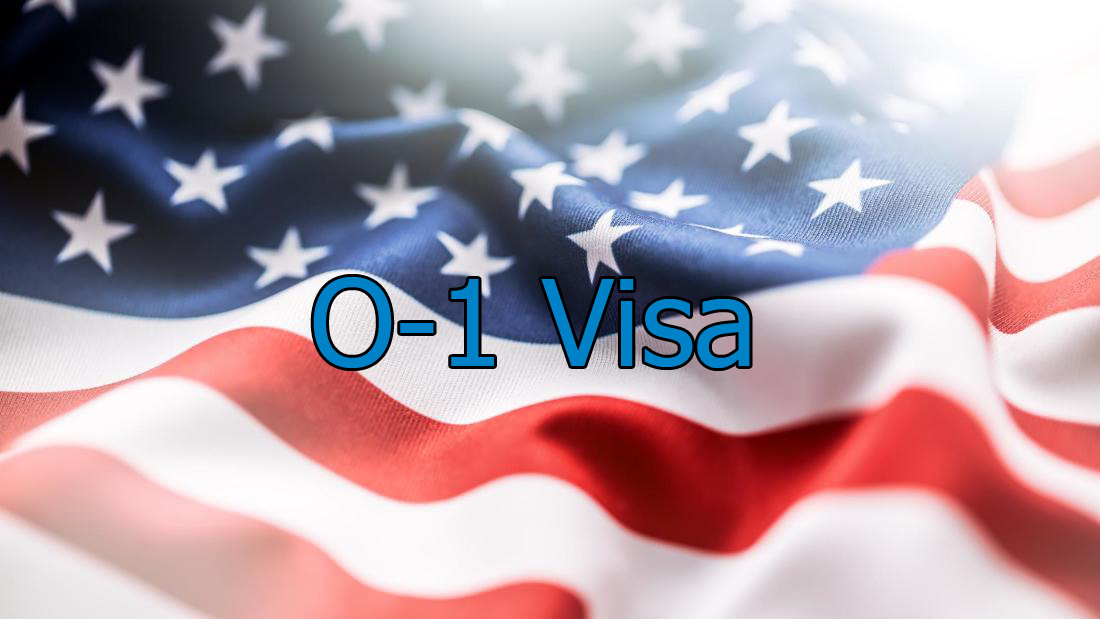Curious about O-1 visa validity? Find out how long the O-1 lasts, what happens when it expires, the rules for extensions and renewals, and how the 240-day rule works. Learn about grace periods, fees, multiple employers, and how to move from O-1 to a green card.

Imagine that you have been granted an O-1 visa to work in the United States for your ideal job. You're thrilled, but then you wonder how long this visa is valid for. That’s where O-1 visa validity comes in. It’s not just about dates on paper. It’s about planning your career moves.
We’ve seen smart artists and scientists panic when they find out their O-1 is running out. If you know the rules, like how long it lasts, when to extend it, and what the grace period is, you won't have to worry about that. Think of this as your guide to staying ahead. By the end, you’ll know how to make every day of your O-1 count.
Here’s the deal, the O-1 visa initial validity matches the length of your project or contract, capped at three years. A musician touring for 18 months will usually get that time approved. A tech researcher on a three-year grant often gets the full period. But nothing beyond three years upfront.
So, when someone asks, "How long is the O-1 visa good for?" The answer is simple: up to three years, depending on the proof you give. Although flexible, the O-1 visa's validity period is closely linked to your employment. The key is to show USCIS why your role requires the full duration. A clear petition often makes all the difference.
What if your project isn’t over? That’s where O-1 visa extensions come in. You can add more time, one year at a time, as long as the work continues. Think of a film director shooting a sequel or an athlete training for another season. The O-1 visa extension requirements include contracts, updated letters, and proof your role still matters.
Here’s the part most people don’t know, the O-1 visa 240-day rule. If you file before your visa expires, you can keep working for up to 240 days while USCIS decides. That’s a huge safety net. Still, don’t wait until the last minute. Filing six months early keeps you in control.
Renewal often feels like déjà vu because you’re proving your eligibility all over again. Here’s what matters most:
We’ve watched clients assume renewals are automatic. They’re not. You need to show why your extraordinary ability still deserves recognition. Every award, publication, or contract since your first O-1 makes your renewal stronger.
The O-1 is special because you can work for more than one employer. But each one has to file separately. Let’s say you’re a professional dancer performing for two companies, you’ll need two petitions. This is the idea behind O-1 visa multiple employers validity.
A workaround is using an agent or manager to file your petition. That way, multiple jobs can be bundled together. Artists and consultants love this option. Just remember, USCIS expects details. If you don’t clearly show why different projects need you, they won’t approve it. Beyond Border often helps clients structure these multi-employer cases.
Career opportunities don’t always wait, and O-1 holders are often approached by new employers mid-project. So can you jump ship without starting from scratch? Technically, no. If you want to work for a new employer, that employer must file a fresh I-129 petition for you. The O-1 is tied to the petitioner, not just the job title. The good news? If your credentials are strong and you’ve already been on an O-1, the transfer process is usually smoother and faster, especially if you use premium processing. Just make sure you don’t start working for the new company until USCIS receipt or approval is issued. People get tripped up assuming it’s like an H-1B portability rule. It’s not. Work before approval = unauthorized employment = big problems at renewal or green card stage. When in doubt, Beyond Border can structure your transition safely so you don’t lose status.
Nobody likes to think about denials, but smart planners always do. If USCIS denies your O-1 extension, you immediately lose work authorization and must stop working that same day, unless you still have time left on your current I-94. From there, you have two options: (1) file a brand-new petition (possibly with stronger evidence or through a different employer), or (2) exit the United States and re-enter on a new O-1 approval. Staying without status builds unlawful presence, which can torpedo future green card plans. The safest approach is preventing denials in the first place: file early, front-load strong evidence, and work with a seasoned team like Beyond Border that knows how to argue extraordinary ability cases persuasively.
So what if your O-1 ends before your next plan is ready? Thankfully, there’s the O-1 visa grace period. You get 60 days to wrap up or prepare for your next step. But here’s the catch, you can’t work during that grace period unless your extension is already filed under the 240-day rule.
People thought that the grace period was free work time. It’s not. Think of it as your exit lane, not extra time on the clock. It’s there to help you transition smoothly, not to keep you employed without authorization.

One of the best things about O-1s is that there’s no cap. When people ask, “How many O-1 visas per year?” The answer is: as many as USCIS approves. Unlike the H-1B lottery, you’re not competing for a limited number of slots.
That means your approval depends on the strength of your case, not luck. This freedom is why so many professionals, actors, researchers, athletes, choose the O-1. No yearly cutoff, no waiting for a random draw. It’s all about showing your extraordinary ability.
For many, the O-1 is a stepping stone. Can you go from an O-1 visa to a green card? Absolutely. The EB-1A (extraordinary ability green card) is the most common route. It has similar criteria but requires permanent evidence of top-level recognition. Another option is the EB-2 NIW.
We’ve worked with clients who used their O-1 years to publish more, take higher-profile roles, or win new awards, all strengthening their green card petitions. The O-1 is often the perfect training ground for a future green card case. That’s where Beyond Border’s long-term planning makes a difference.
Students on F-1 visas often ask how O-1 stacks up against OPT. Here’s the difference. The validity of OPT visa is usually 12 months, with a possible STEM extension. The O-1, in contrast, starts with up to three years and can be extended indefinitely in one-year steps.
So if you’re graduating with strong achievements, moving from OPT to O-1 is a big leap forward. It shifts you from short-term work permission to recognition of your talent as extraordinary. That shift opens the door to longer projects, more stability, and bigger opportunities.
Your O-1 visa validity isn’t just about dates. It’s about how you use that time to build your career, extend your stay, or prepare for a green card. Whether you’re renewing, filing an extension, or juggling multiple employers, planning is everything.
We’ve seen too many people wait until the last minute. Don’t be one of them. With the right strategy, and guidance from experts like Beyond Border, you’ll stay ahead of the clock and ahead in your field. The O-1 was made for extraordinary people. Use it to create an extraordinary future.